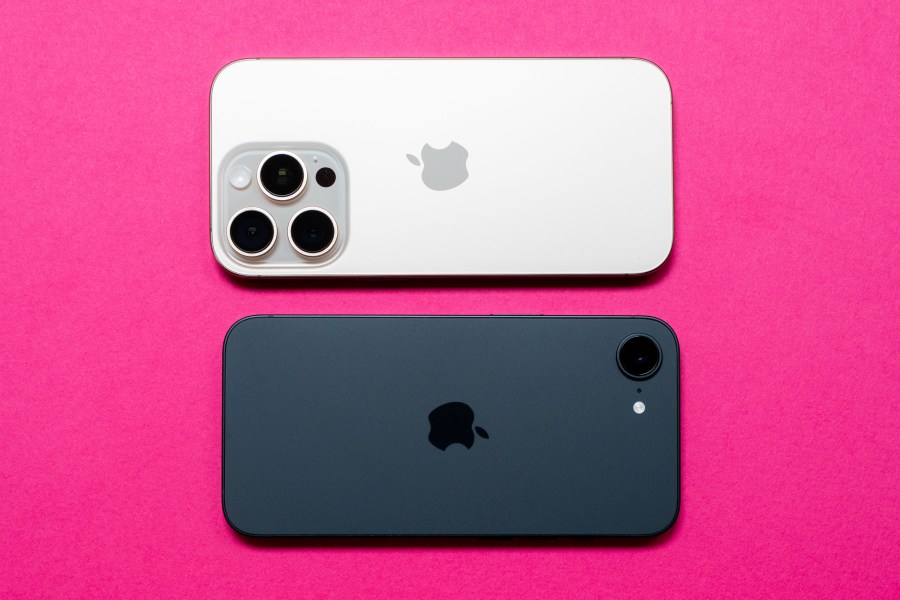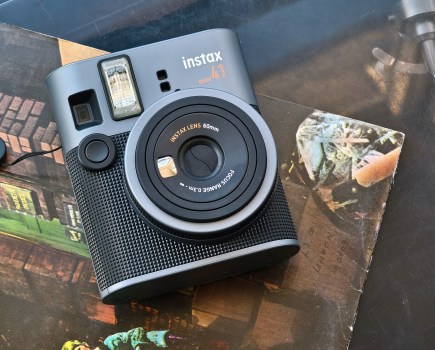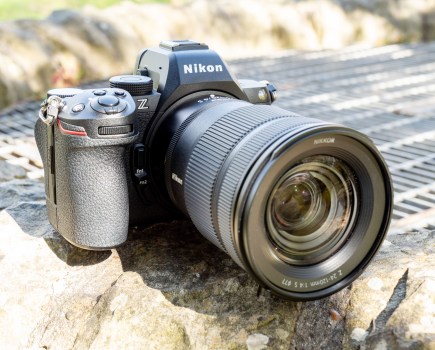You don’t have to own or even like iPhones to acknowledge that they have made a huge impact on photography as we know it. The vast majority of the billions of images captured every single day are taken on the best smartphones for photography (recent estimates put it at more than 90%), and a big chunk of those are taken on iPhones. Apple didn’t invent the idea of a smartphone with a camera – but undoubtedly popularised it, and in doing so, changed things forever.
Since the iPhone’s first arrival, the annual unveiling of the latest generation in September has become a huge event in the tech world, with enthusiasts crowding around to see what new features have been added. Sometimes the releases feel like giant leaps forward, and sometimes they… don’t. So, as we all pore over the latest iPhone 17 series to determine which category it falls into, I thought it a good opportunity to look back over the years at where the iPhone made its most significant advancements, especially in terms of camera tech.
Here are the ten most significant iPhones ever released – the ones that truly changed photography forever.
1. iPhone 3G (2008): The first (proper) one
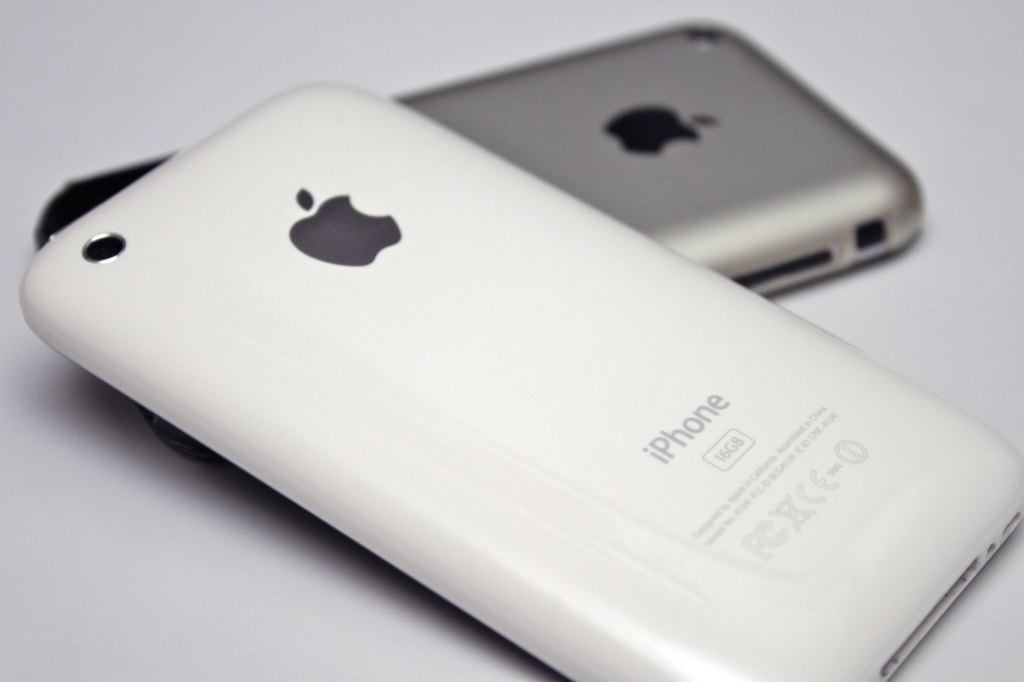
This was not the first iPhone. Apple’s much-hyped device initially launched in 2007, simply called ‘iPhone’. However, the launch of the iPhone 3G a year later coincided with the launch of the App Store, and the ability to install third-party software. It also, as the name implies, heralded the arrival of 3G, giving the phone constant on-the-go connectivity. I’d say this was the moment when iPhones became iPhones as we know them today, in much the same way that Canon’s EOS 5D Mark II wasn’t the first DSLR with video, but was the first one that did it properly.
Camera-wise, the iPhone 3G looks pretty tame by today’s standards, with a fixed-focus 2MP single camera, no flash, no zoom. It didn’t even natively have the ability to record video, though third-party apps arose to correct that. But the maxim has long been that the best camera is the one you have on you, and this was the moment the iPhone became, for many people, the camera they always had on them.
2. iPhone 4 (2010): The first front camera
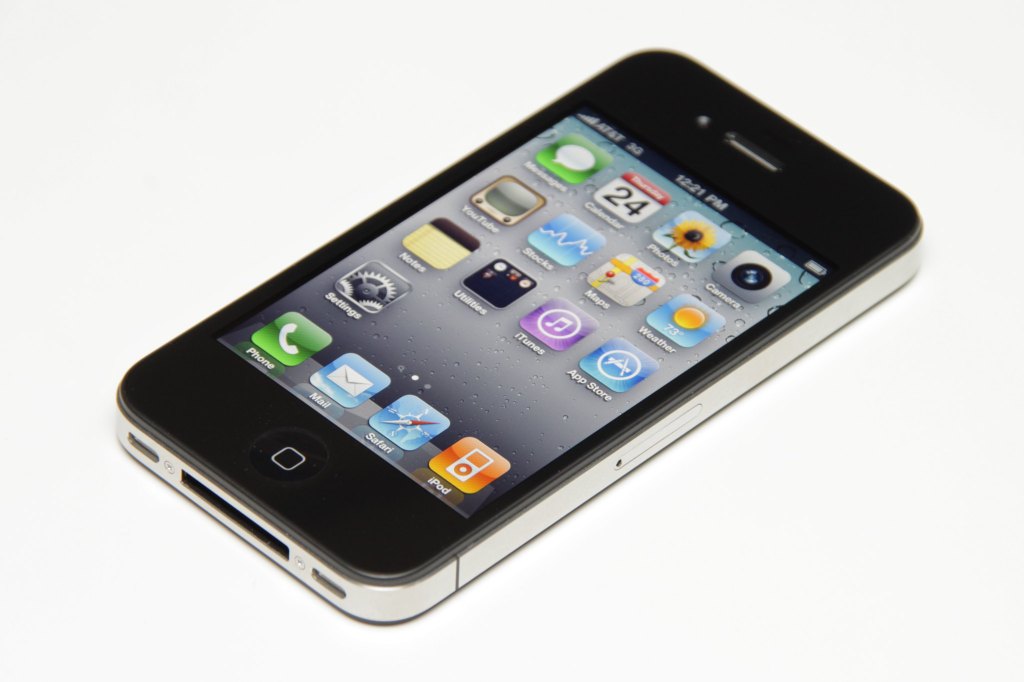
Given that iPhones have for a long time been associated with selfies, it’s hard to imagine an iPhone without a selfie camera. But it took until the fourth generation for that now-mandatory front camera to be added, which also heralded the arrival of Apple’s FaceTime video call service.
The front-facing camera wasn’t much to write home about, producing images at a resolution of 640×480 (the rear camera had by this point been upgraded to 5MP, and could manage HD 720p video). But it was there, it was popular, and it was one of the key reasons why the 2010s became the decade of the selfie.
Also worth noting is that the iPhone 4 was one of the first iPhones used in serious filmmaking. Korean directors Park Chan-kyong and Park Chan-wook, the latter of whom is best known for 2003’s Oldboy and the utterly sublime 2022 film Decision to Leave, shot a short film called Night Fishing entirely on the iPhone 4, with the help of a few extra lenses.
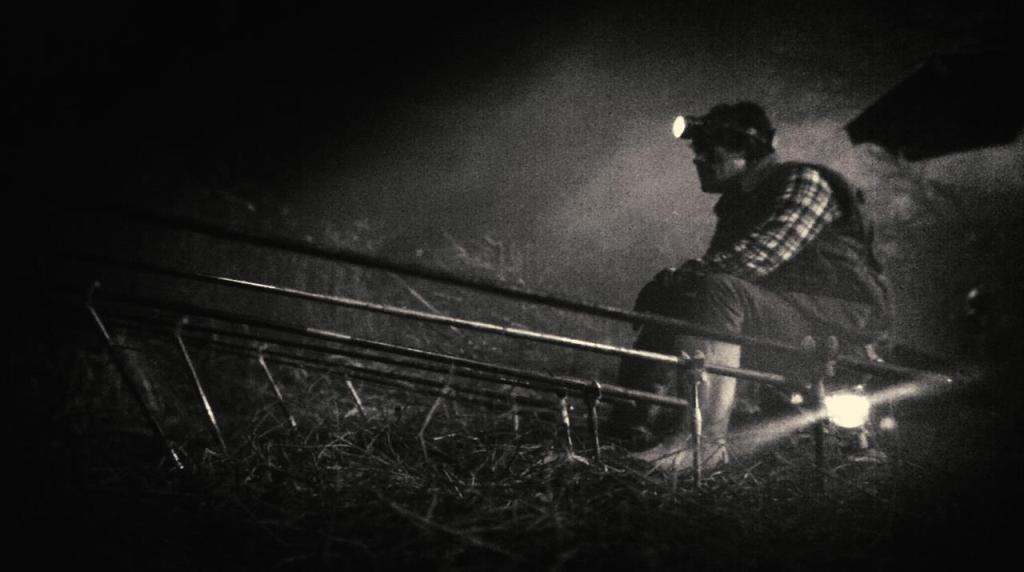
iPhone filmmaking would subsequently become more and more common, with short films and even entire features shot on various iPhone models. The most recent well-known example is Danny Boyle’s 28 Years Later, which was shot using the iPhone 15 Pro Max.
3. iPhone 4s (2011): The first good camera
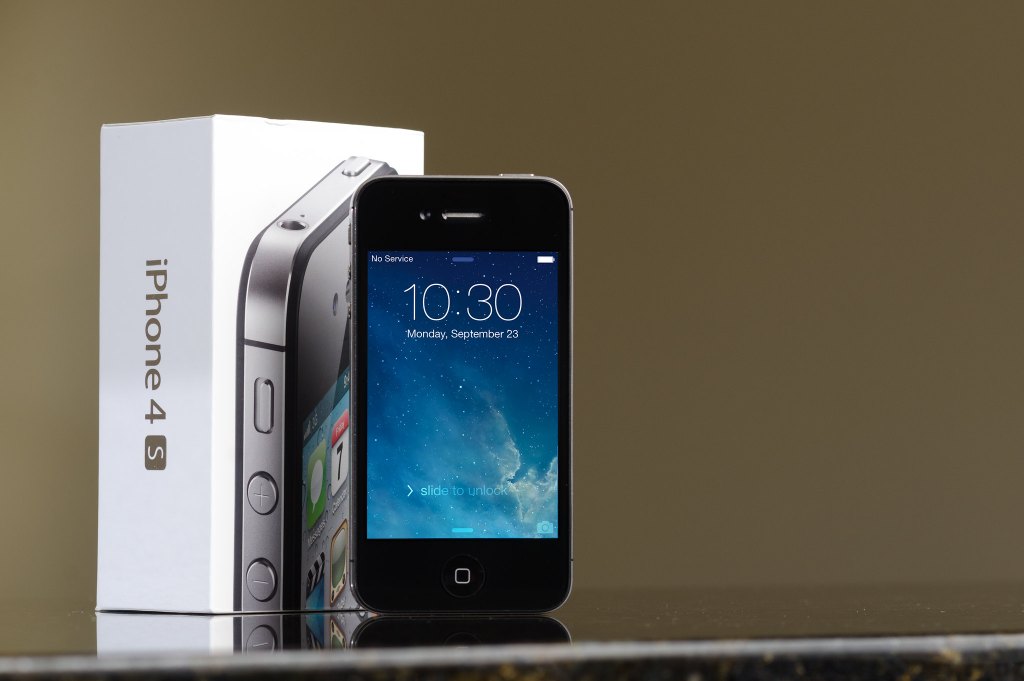
I’ve used pretty qualified language about the iPhone cameras so far, for the good reason that most of the early ones were pretty poor, producing recognisable images and not much more than that. The iPhone 4s, which arrived following the iPhone 4 at a moment when everyone was expecting the iPhone 5, marked the shift where Apple began to consider the possibility that an iPhone could have a good camera, rather than just a functional one.
The resolution of the rear camera rose to 8MP, but this also came with a reworked sensor design that allowed for larger photosites. This improved the quality and dynamic range of images significantly, particularly in low light, further aided by a reworked lens with a larger aperture of f/2.4. There was a digital zoom with decent interpolation, and an HDR mode. But more than anything, the iPhone 4s was just an incredibly slick camera to use, breezing past its competition in terms of its responsiveness.
4. iPhone 5 (2012): The one everyone likes
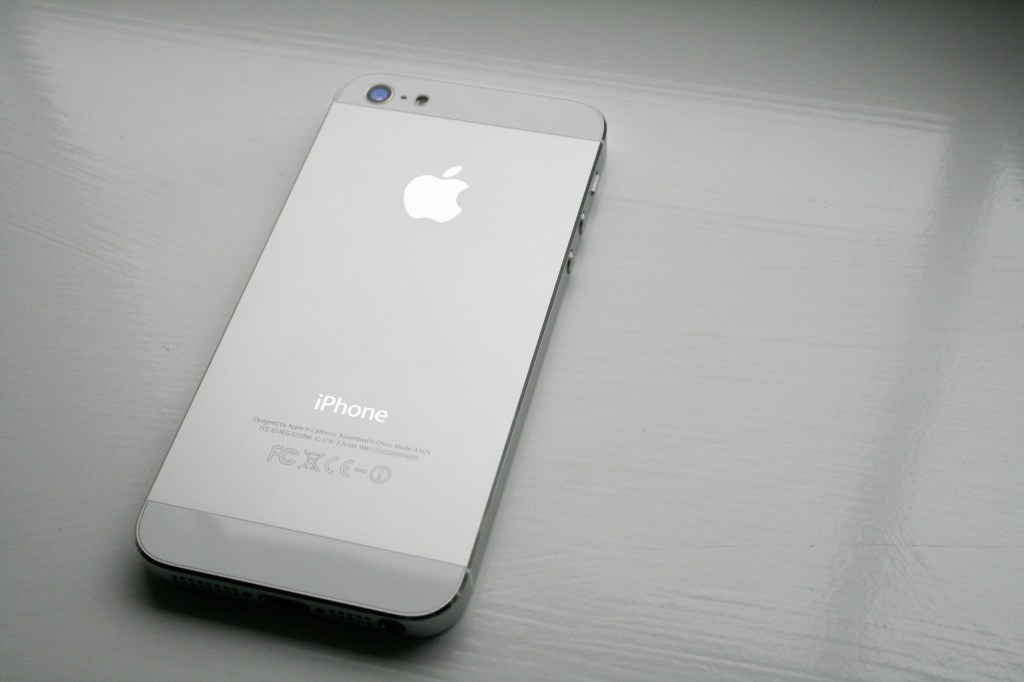
In photographic terms, the iPhone 5 didn’t move the needle much. It used the same upgraded 8MP camera from the iPhone 4s, with a few tweaks to responsiveness and low-light performance.
However, any list of significant iPhones simply cannot be allowed to skip over the 5. As the first iPhone fully overseen by Tim Cook, and the last with any input from Steve Jobs, it felt like a truly important passing of the baton, and this also came with huge design changes. An incredibly slim device, the iPhone 5 featured a reworked display with a cinematic 16:9 aspect ratio. It also introduced Apple’s super-fast Lightning connectivity.
Hugely popular, the iPhone 5 smashed previous sales records, and this is anecdotal, but I know plenty of people who fondly remember it as the iPhone that lasted them for years.
5. iPhone 6s (2015): The first 4K camera
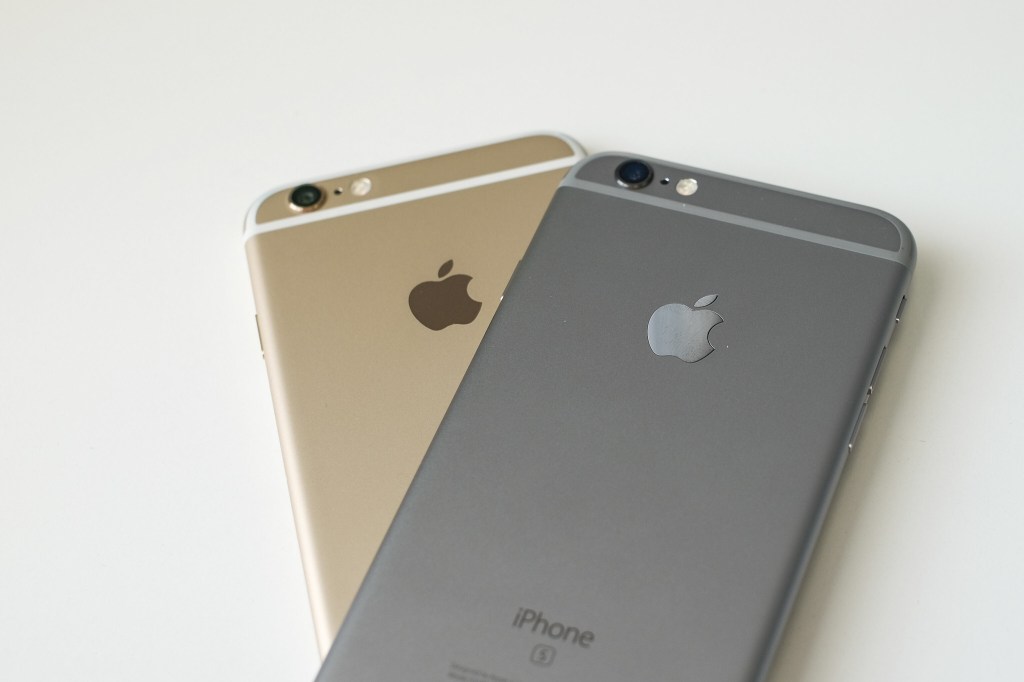
Furthering Apple’s aspirations for the iPhone to be a serious filmmaking tool, the iPhone 6s and 6s Plus arrived bearing 4K-capable cameras. Of course, it could only manage 4K at a maximum frame rate of 30fps – more useful arguably for YouTubers and the like was the newly added ability to shoot Full HD video at 60fps. And if you opted for the Plus version, you could bump that up to 120fps, or 240fps in HD resolution, for super-slow-motion footage. All this marked the iPhone 6s series out as a much more capable video shooter than anything we’d seen previously – though many reviewers were decidedly unimpressed with the phone’s poor battery life.
6. iPhone 7 Plus (2016): The first with dual-camera Portrait Mode
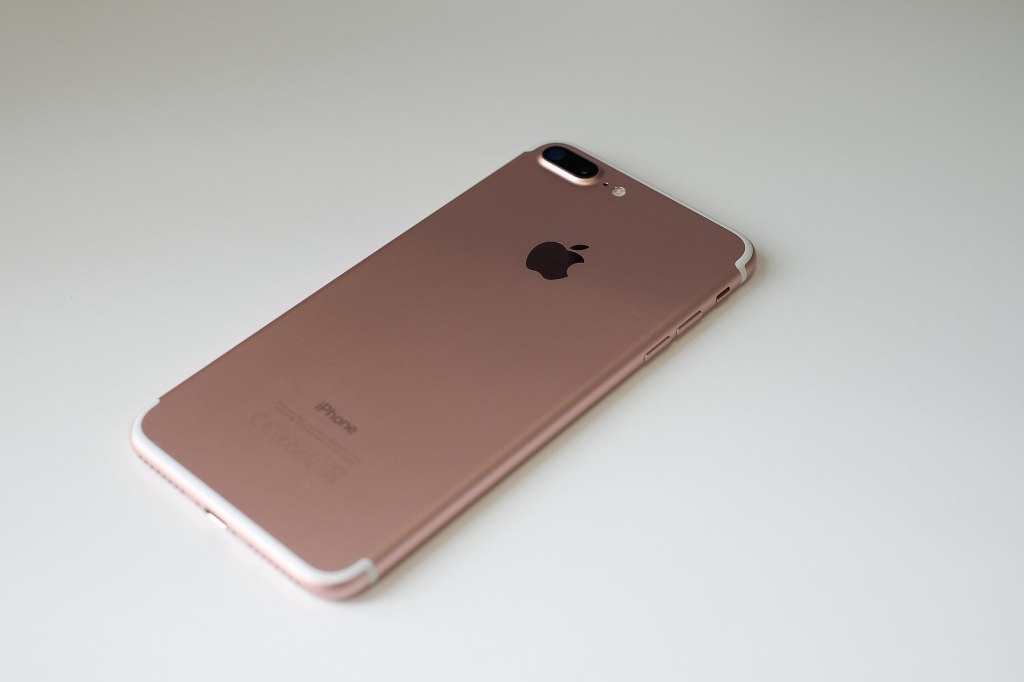
For a long time, smartphone manufacturers struggled to improve the quality of cameras, butting up against the physical limitations of sensor size and space. Then, some genius came up with the solution: ‘What if we just added another camera?’
The debate about who did it first isn’t one to litigate here (though for my money, it’s the HTC One M8). The first iPhone to do it was the iPhone 7 Plus, which added a second 12MP telephoto lens in addition to the main 12MP rear camera. At a stroke, the phone’s camera became hugely more versatile, able to capture images at distance without the degradation in quality that comes from a digital zoom.
The 7 Plus was also able to leverage its dual array to introduce another new feature that nowadays feels like something we’ve always had: Portrait Mode. The dual lenses allowed for a depth of field analysis that enabled the 7 Plus to produce images with a crisply shallow depth of field and artfully blurred backgrounds– just what you want for a perfect portrait.

7. iPhone X (2017): The all-screen design
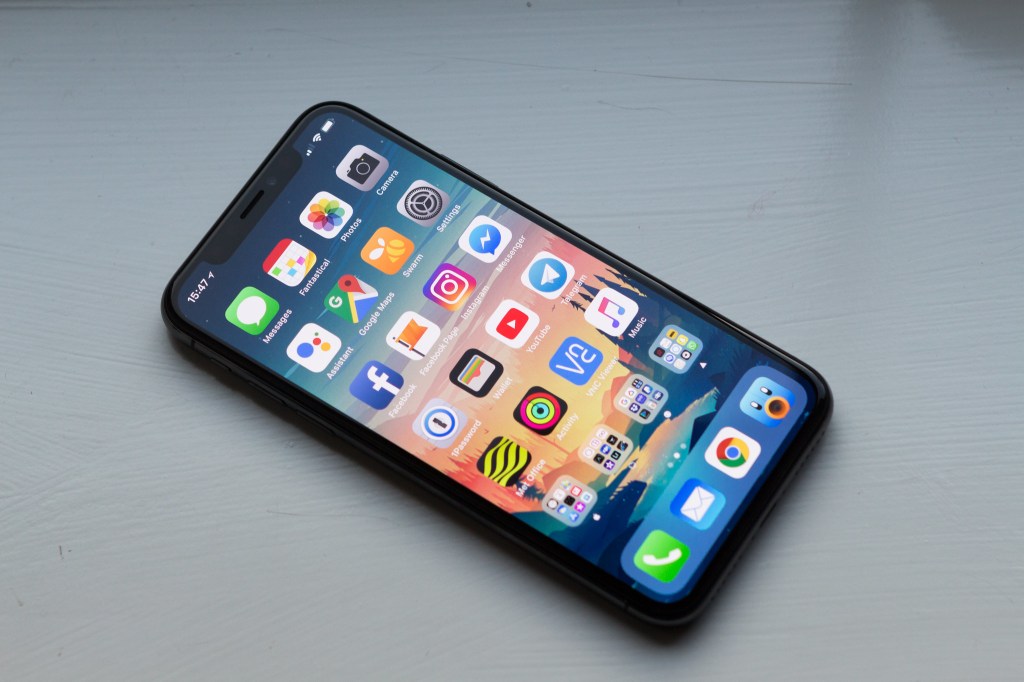
Like the iPhone 5, the iPhone X is one that wasn’t a big jump forward in purely photographic terms, but was such a monumental moment for iPhones in general that it can’t be skipped over. Developed over half a decade according to Chief Design Officer Jony Ive, the iPhone X threw out the home button in favour of an all-screen design that actually felt like something new. Its OLED display was leagues ahead of the iPhone 8 series, which had met with tepid indifference from most reviewers (Apple went straight from 8 to X, presumably to signify that this phone was more than an iterative update).
Its new 18:9 aspect ratio meant that many apps had to be hastily redesigned to fit it, but all in all, the X felt like the leap forward that the iPhone needed, and now it feels like the generation that transitioned us into the current era.
8. iPhone 11 (2019): The first with Night Mode
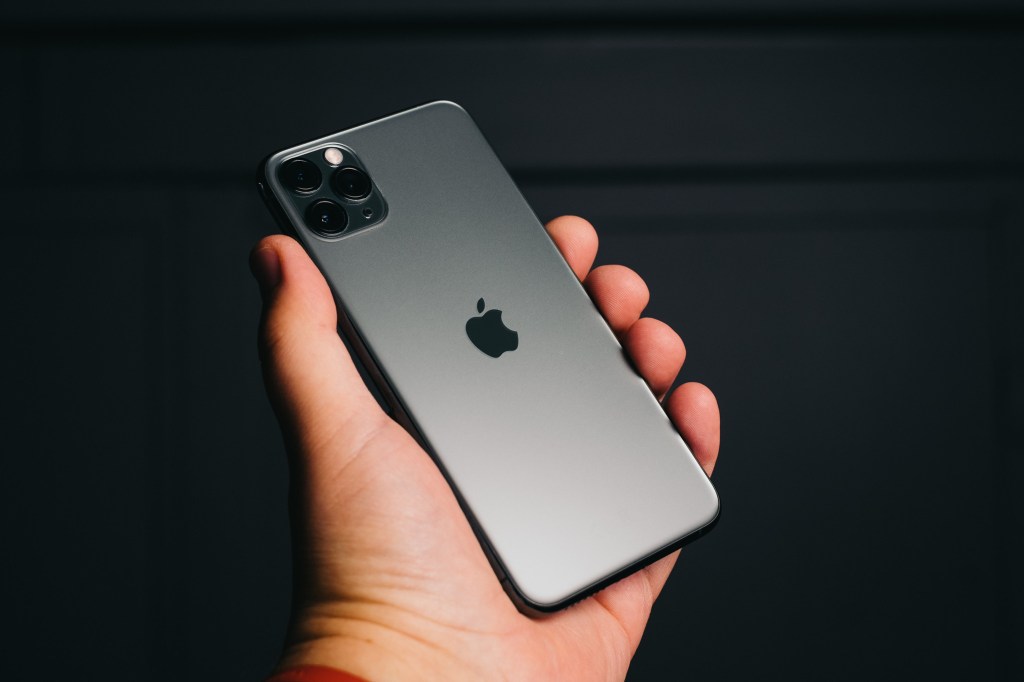
Night-time and low-light photography have long been the smartphone’s Achilles’ heel, due to the physical limitations of the smaller sensor. However, to the great consternation of camera manufacturers, the iPhone 11 series introduced Night Mode, which saw low-light iPhone photography take a big leap forward.
Night Mode on the iPhone 11 required you to hold the phone steady for a few seconds, during which it would capture a few exposures that would then be merged to produce the sharpest image possible. In practice, it worked surprisingly well, and if you had a tripod or similar support, you could extend the exposure times further to improve the quality still further (if you tried this without the support, you ended up with a blurry mess).

This was made possible in part by the introduction of Apple’s ‘Deep Fusion’ technology, which used deep learning AI to improve image processing.
9. iPhone 16 (2024): Apple Intelligence

You likely have your own opinions on whether or not generative AI is the future – but it can’t be denied that the tech industry thinks so, and this has greatly influenced how technology has developed over the past few years. While Apple has been a little more circumspect than some other manufacturers with regard to its AI pivot, the iPhone 16 series arrived sporting an Apple A18 chip specifically optimised for running generative AI, as well as a significantly upgraded Neural Engine.
To that end, many of the iPhone 16’s photo editing features are rebranded as Photo Intelligence, with abilities like being able to quickly clean up distracting objects from the backgrounds of images.
(Personally, I think the more exciting addition for photographers is the physical Camera Control buttons, which greatly improves the ergonomics of taking a photo. But AI is the buzzword right now, and the iPhone 16 series represents a significant milestone in Apple taking AI seriously).
10. iPhone 17 (2025): The way of the future?
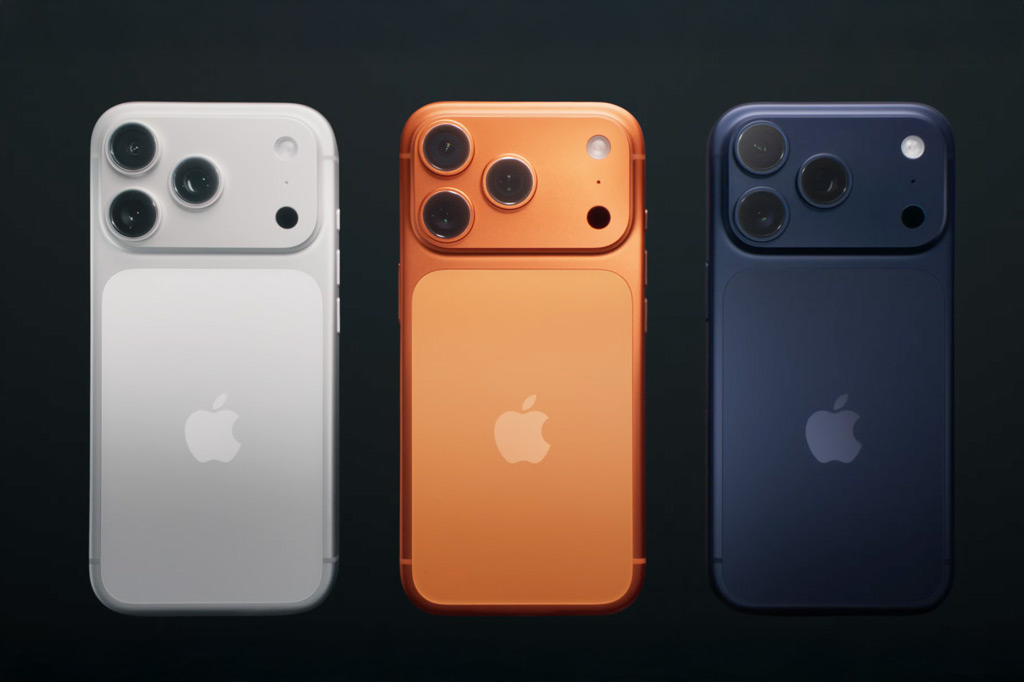
Naturally, this is something of an unknown at this point – only time will tell whether the iPhone 17 will take its place as one of the most significant releases in the pantheon, or fade into iPhone 8 levels of forgettable ignominy. However, the iPhone 17 Air has achieved a feat of being the slimmest iPhone yet released, with a thickness of just 5.6mm that has even the Samsung Galaxy Edge beat in terms of slenderness.
Photographically, the iPhone 17 series also boast new features like the 18MP “Centre Stage” front camera with a square sensor that adds new zooming and rotating options. Dual video capture from both cameras is possible too, and video benefits from ultra-stabilisation. We’re working on our full review of the iPhone 17 right now, and we’ll have to see if it joins the ranks of the legends.

